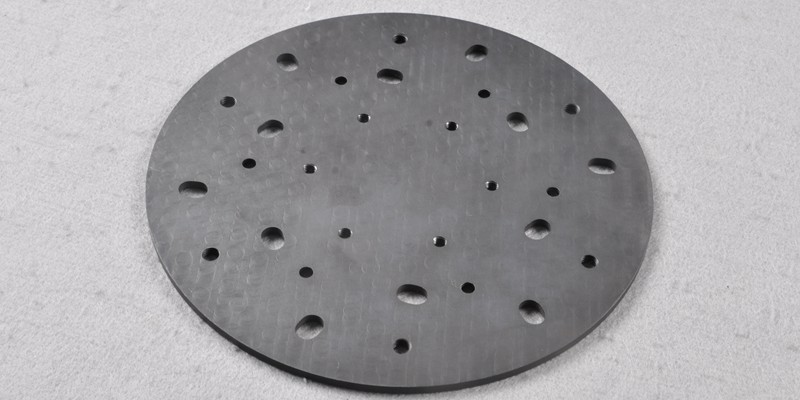- May 12, 2023
In machining and engineering, a hole is an opening or cavity drilled, bored, or punched into a workpiece. The holes can be of diverse shapes, sizes, depths, and orientations, which play a pivotal role in enhancing the functionality and performance of the finished product.
This article will cover different types of holes in machining and how to choose the best hole type for your project.
What is Meant by Hole Features in Machining?
The general definition of a hole in machining refers to a 3D opening or cavity that extends from the surface of a workpiece into its interior. If you analyze the products we use daily, almost each contains a hole, from kitchen appliances to your car. Thus, it is one of the most essential features in every manufacturing industry.
The common assumption about holes is that they are cylindrical in shape. But, numerous machining procedures can be used to create different shape holes, including square, rectangular, stepped, oval, and tapered. In addition, some machining techniques for hole creation include drilling, boring, reaming, tapping, broaching, and laser drilling.
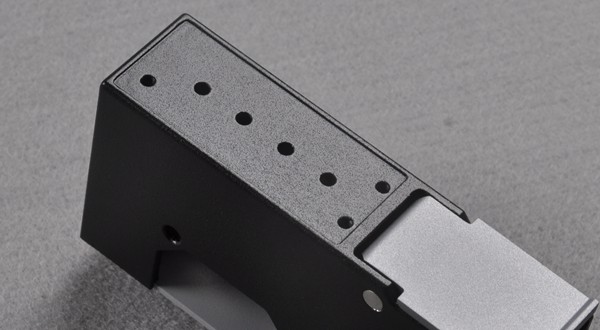
Hole Features
A part or product’s design or 3D model specifies the required hole and its attributes, which dictates the decision-making regarding which machining operations & measurement tools are suitable to create that particular hole.
Typically, a design contains the following characteristics of a hole;
- Shape & Size
- Depth
- Hole location
- Hole tolerances
- Surface finish requirement
- Chamfer on the edges or bottom of the hole
Typical Types of Holes
Holes in machining and engineering are categorized into different types based on their specific functions and requirements. Each hole type serves a particular purpose. Now, let’s discuss each of these hole types briefly.
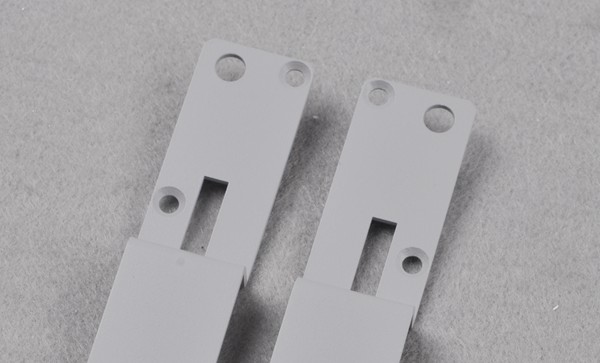
1. Simple Hole
A simple hole is a straightforward feature used in manufacturing. It is a straight, cylindrical bore with a circular cross-section created into a workpiece. The hole has a constant diameter and extends through the thickness of the material. Simple holes are commonly used for clearance, location, or assembly purposes.
2. Through Hole
A through hole extends completely through the material. Basically, it contains an opening on both sides of the material. These openings can be used to fasten two pieces of material together or to allow fluid to flow through the material. This design allows for greater flexibility in the use of the material and can be found in various applications.
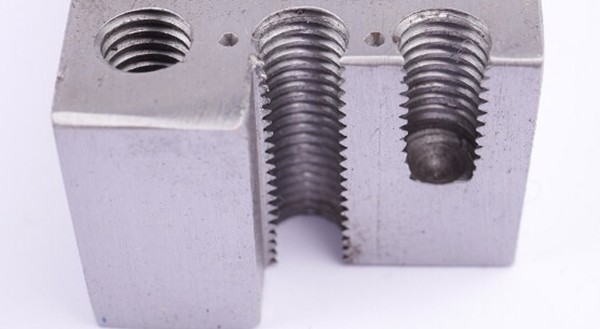
3. Blind Hole
A blind hole, also known as a pocket hole, is a cavity that does not extend all the way through the material. The hole is closed at the bottom, providing a recess for screws, fasteners, slots, dowels, and other components.
Blind holes are often used in woodworking and metalworking projects to ensure the fit is tight and to hide screws or parts for a better appearance. Using blind holes also allows the creation of complex shapes, which is important in industries that require precision.
4. Tapered Hole
A tapered hole is a hole where the diameter changes gradually from one end to the other. This type of hole can be used for a wide range of purposes. For example, tapered holes can be used to create a press-fit joint, which is a type of joint that holds two components together by applying pressure.
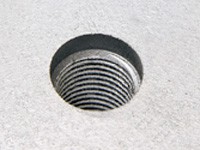
5. Tapped Hole
A tapped hole is a threaded hole created by cutting threads into the material. The process of tapping is used to create these threads. Tapping is achieved through a specialized tool known as a tap, which is designed to cut threads into the material.
Tapped holes are commonly used to receive screws or bolts, providing a secure fastening method. This fastening method is often preferred over other methods due to its ease of use and reliability.
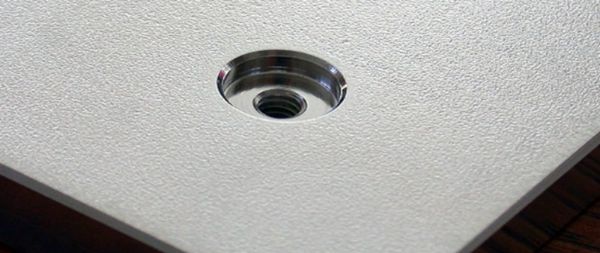
6. Counterbore
A counterbore is a hole made bigger and deeper than an existing hole. It creates a flat surface around the hole by drilling a cylindrical recess into a material. This flat-bottomed hole has a larger diameter at the top, which provides a surface for the head of a screw or bolt to rest on. This keeps the screw or bolt from sticking out above the surface.
Counterbores are helpful in metal and woodworking because they provide a precise and flat surface. They can also be used to hide the heads of screws or bolts.
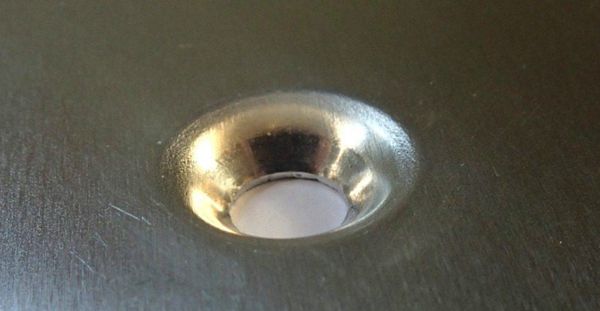
7. Countersink
A countersink is a cone-shaped hole made by drilling into a material. This is done to ensure that a screw or bolt head can be placed flush with the material’s surface. This ensures that the surface is flat and that no part of the screw or bolt protrudes. This is particularly important in applications with a risk of protrusion causing damage or injury.
Depending on the application’s needs, countersinks can be made in various sizes and shapes and can be used with multiple materials, including wood, metal, and plastic.
8. Counter Drills
Counter drills are an essential addition to any toolbox. They are used to create a recess for the head of a fastener, allowing it to sit flush with the material’s surface. This creates a more aesthetically pleasing finish and ensures the fastener is securely fixed.
Counter-drill holes are used in many industries to create precise and secure fastenings, which are critical for safety and quality.
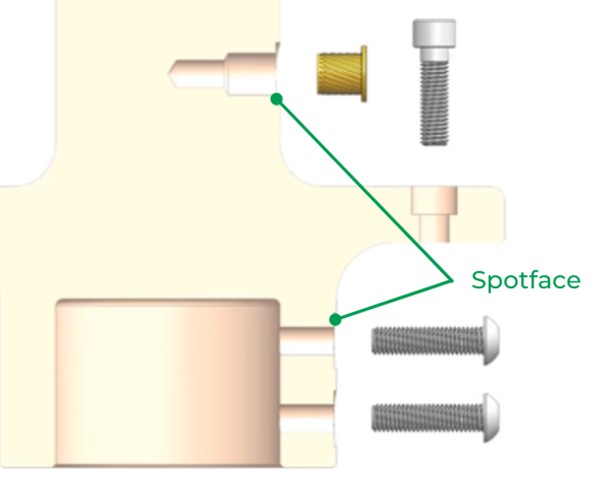
9. Spotface Hole
A spotface hole is a flat-bottomed hole drilled into a material, used to provide a flat surface for a washer or other component to rest on. This is an important technique that even ensures force distribution and prevents damage.
These holes can create a flat surface around a hole for a bolt or screw and improve product appearance with a smooth finish.
Other Hole Types
- Clearance Hole: A hole that is larger in diameter than the bolt or screw that will pass through it, allowing the bolt or screw to move freely.
- Reamed Hole: It refers to the holes smoothed and sized with a reamer to achieve a precise diameter and finish.
- Overlapping Hole: A hole that overlaps with another hole is often used in sheet metal fabrication for joining pieces together.
- Interrupted Hole: Discontinuous holes, which involve breaks or interruptions in their shape.
Quick View: A Table for Hole Types
| Hole Type | Purpose | Shape |
| Simple Hole | For clearance, location, or assembly purposes | Straight, cylindrical bore with a circular cross-section |
| Through Hole | Used to fasten two pieces of material together or to allow fluid to flow through the material | It contains an opening on both sides of the material |
| Blind Hole | It ensures a tight fit and hides screws or parts for a better appearance | A cavity that does not extend all the way through the material |
| Tapered Hole | Used to create a press-fit joint | The diameter changes gradually from one end to the other |
| Tapped Hole | To receive screws or bolts | The threaded hole created by cutting threads into the material |
| Counterbore | Used to create a flat surface around the hole | The hole that is made bigger and more profound than an existing hole |
| Countersink | It ensures that a screw or bolt head can be placed flush with the material’s surface | The cone-shaped hole is made by drilling into a material |
| Counter Drills | It creates a recess for the head of a fastener, allowing it to sit flush with the material’s surface | They are created by enlarging the existing drill hole with a suitable drill bit |
How to Choose the Right Hole Type?
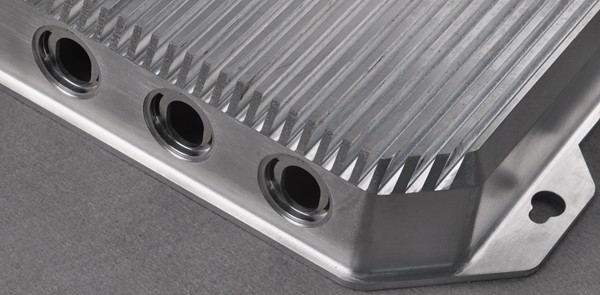
The selection of the right type for your machining or fabrication projects entirely depends on the part’s requirement, specification, end-use, and material type. Following these steps, you can choose the right hole type for your project and ensure a successful outcome.
- Consider the end use or purpose: Determine the purpose of the hole and the type of material you are working with. This will help you decide on the size and shape of the hole.
- Determine the size and shape: Determine the size and shape of the hole based on the purpose. The most common shapes are round, square, and rectangular.
- Material type: The type of material you are working with will determine the type of hole saw or drill bit you need.
- Hole depth: Determine the depth of the hole needed. This will help you choose the right hole saw or drill bit length.
- Power source: Choose the right power source for the job. For example, if you are drilling through thick or hard materials, you may need a more powerful drill.
Conclusion
Holes play a critical role in enhancing the functionality and performance of the finished product. While choosing the wrong hole type and low-quality machining can significantly influence the final result. Therefore, it is essential to do proper research and consult with experts before making a decision.
At WayKen, we understand the importance of hole-making to the project. Our comprehensive machining capabilities, such as precision machining, CNC turning, and CNC milling services, allow us to turn your design into reality precisely and efficiently. With our expertise and experience, you can trust us to deliver excellent results for all your manufacturing needs.

